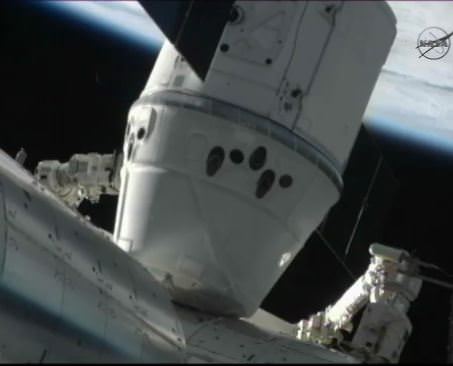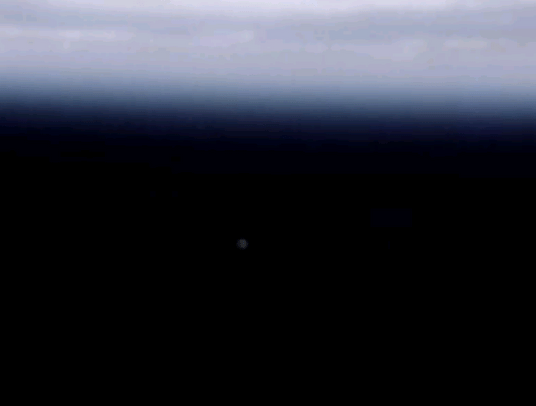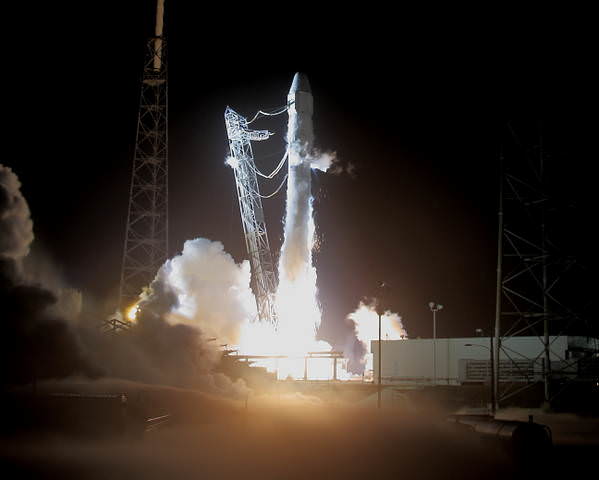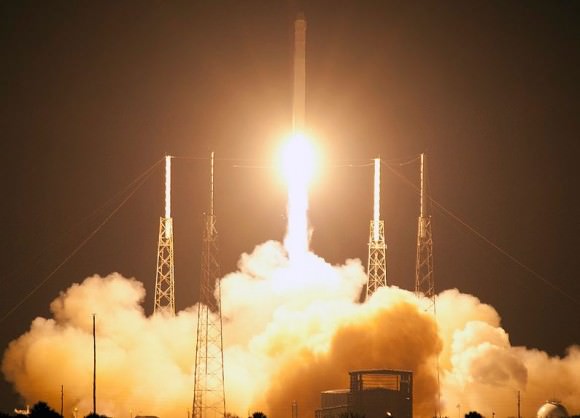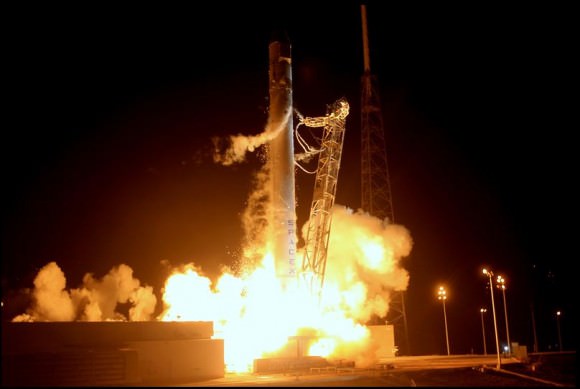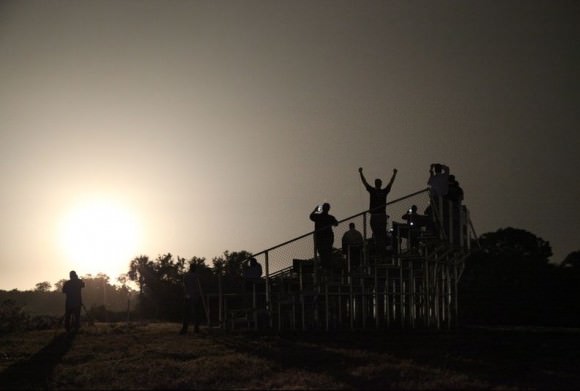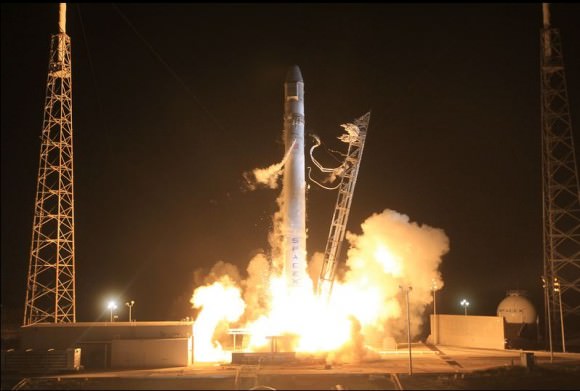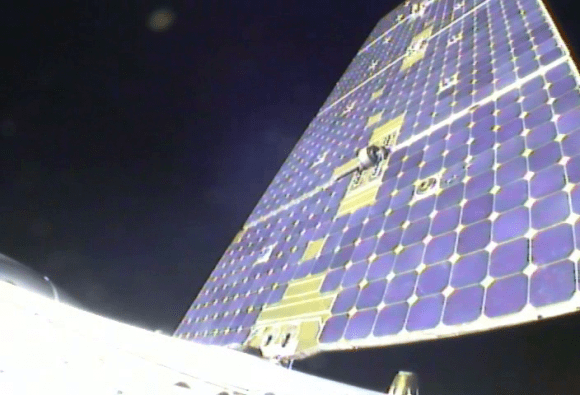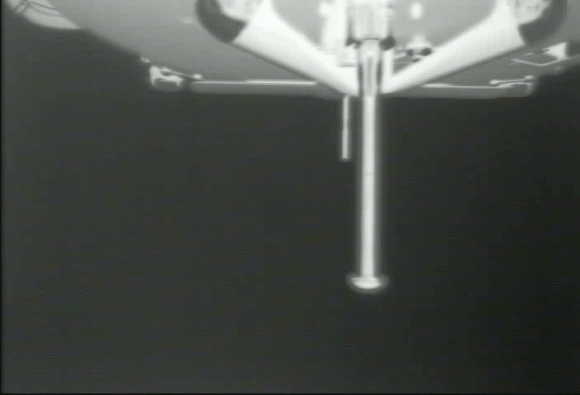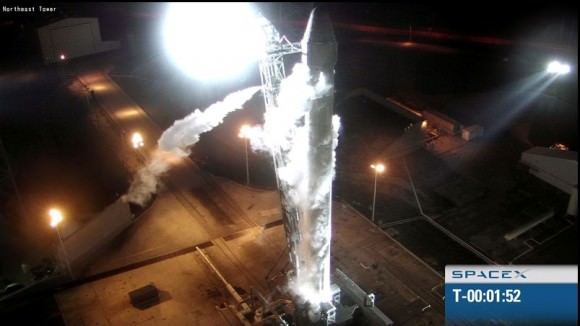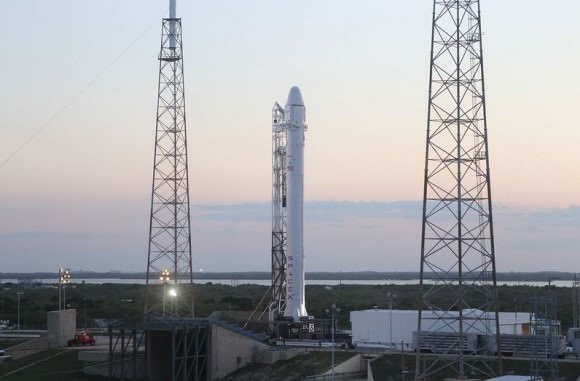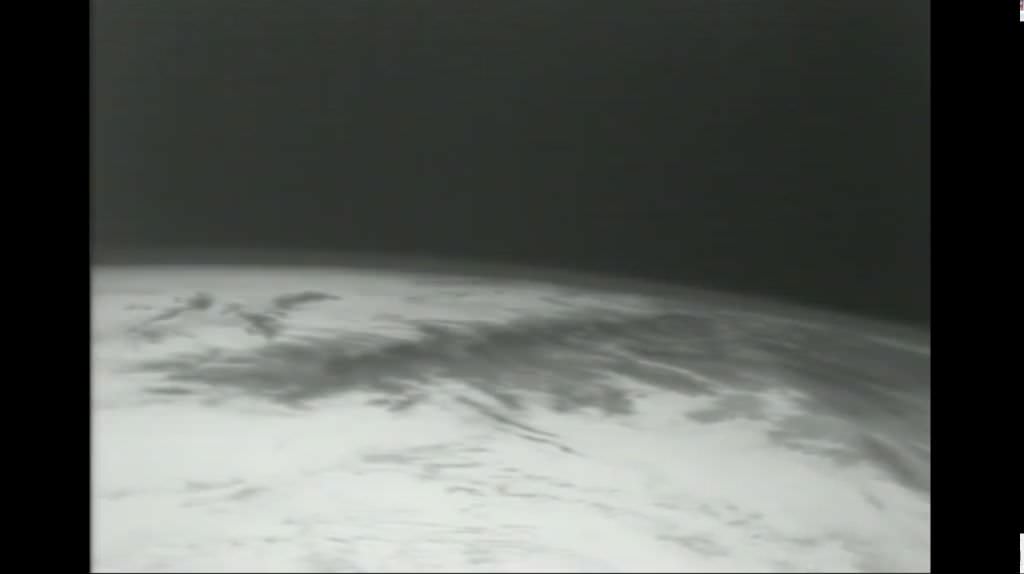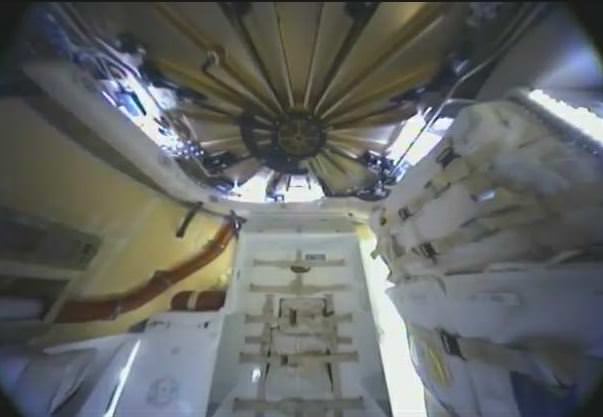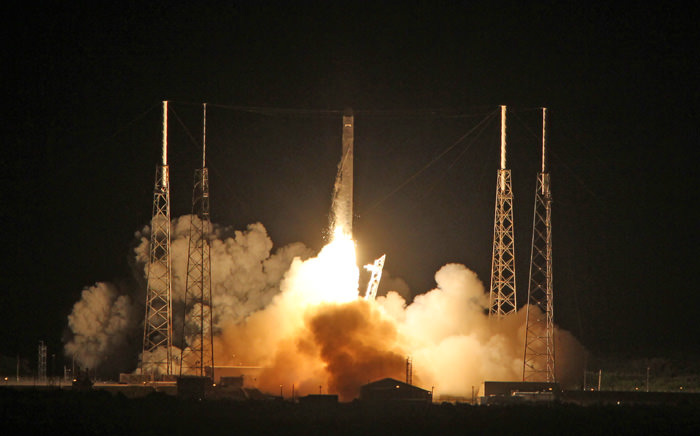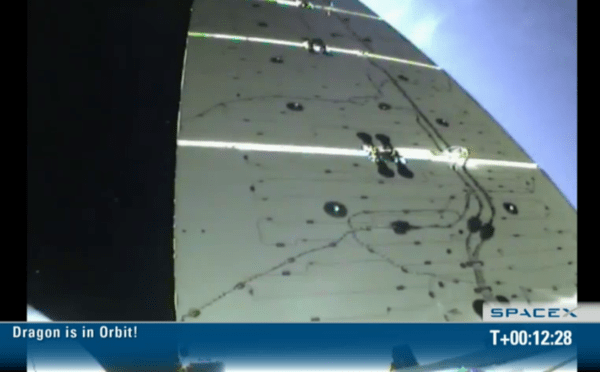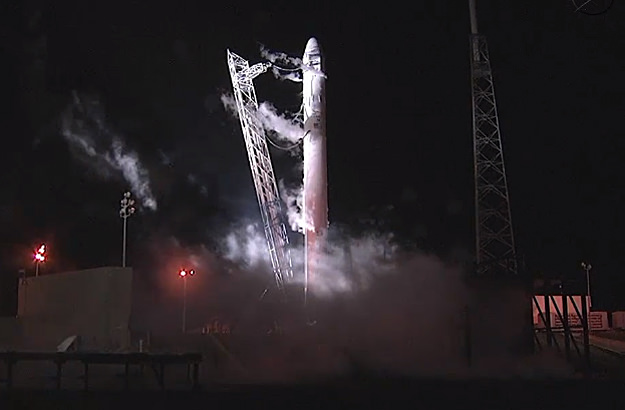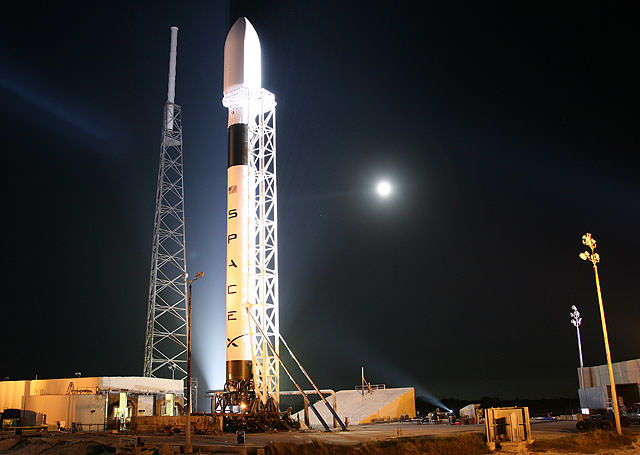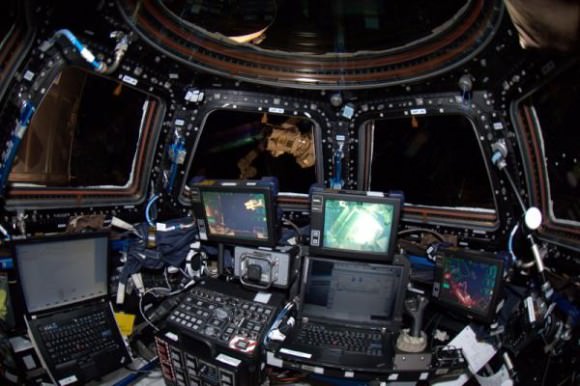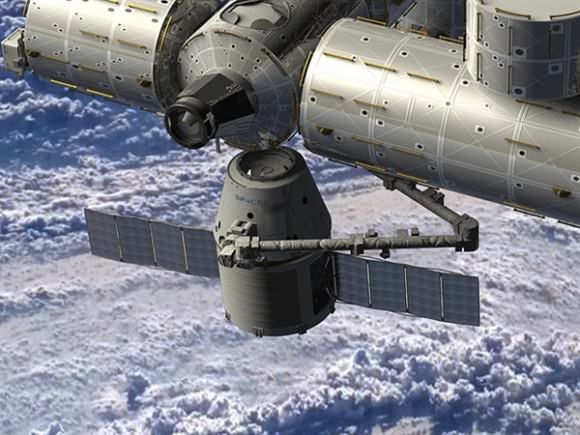This day will go down in history as the first time a commercial company has their own spacecraft attached to the International Space Station.
After Don Pettit grappled SpaceX’s Dragon capsule with the CanadArm2, Andre Kuipers later installed the capsule on the nadir port of the station’s Harmony node at 15:02 UTC/11:52 a.m. EDT. NASA astronaut Joe Acaba completed berthing operations by bolting the Dragon to Harmony at 16:02 UTC/12:02 p.m. EDT to the space station Friday.
Congratulations on a wonderful capture,” astronaut Megan Behnken radioed to the station crew from Mission Control. “You’ve made a lot of folks happy down here, over in Hawthorne and right here in Houston. Great job, guys.”
More videos, including the post-docking press conference with a jubilant Elon Musk and his SpaceX team.
“Today marks another critical step in the future of American spaceflight,” NASA Administrator Charles Bolden said. “Now that a U.S. company has proven its ability to resupply the space station, it opens a new frontier for commercial opportunities in space — and new job creation opportunities right here in the U.S. By handing off space station transportation to the private sector, NASA is freed up to carry out the really hard work of sending astronauts farther into the solar system than ever before.”
The plan is to wait until Saturday to open hatches. The spacecraft is carrying nearly 460 kg (1,150) pounds of equipment and supplies: 674 pounds of food and crew provisions; 46 pounds of science hardware and equipment; 271 pounds of cargo bags needed for future flights; and 22 pounds of computer equipment.
“The crew is pretty excited so don’t be surprised if they want to open the hatches a little early,” said ISS Flight Director Holly Ridings at a press conference.
The schedule has Dragon remaining berthed to the ISS until May 31. The CanadArm2 will unberth the capsule and then release it. Dragon is the only cargo ship designed to return to Earth with experiments and equipment; others ships such as the Russian Progress, the European ATV and the Japanese HTV all burn up in the atmosphere. The Russian Soyuz crew craft can bring home limited equipment.
[/caption]

